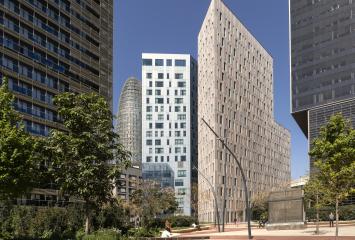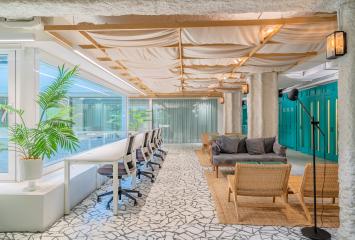How to obtain the LEED certificate?
More and more homes, offices, restaurants and supermarkets have the LEED certificate, a worldwide recognised seal that allows us to evaluate the degree of sustainability of a property. It is an international building standard that was developed in 1998 by the US Green Building Council (USGBC), which stands for Leadership in Energy & Environmental Design.
Aim of the LEED certificate
The aim of the seal is to reward the commitment to sustainability of buildings that meet the standards in energy efficiency and having a low environmental impact.
It is an integral concept that includes, among others, categories regarding location, energy efficiency, water consumption and environmental impact of the materials used.
New builds, renovated buildings and all kinds of already constructed buildings can be certified, such as hotels, residential buildings, commercial buildings, office buildings and renovations of premises.
Criteria for evaluating the LEED certificate
The building is assessed on six criteria: sustainability, efficiency in the use of water, energy and the atmospheric impact, the materials and resources used, quality of the interior environment and the innovation and design process. The efficient use of energy is the value that scores the most. Based on the score achieved, the building is classified into one of four LEED levels: Certified, Silver, Gold and Platinum (maximum grade).
According to the certificate's creators, these eco-sustainable buildings offer environments that improve quality of life and productivity. Some of the benefits of applying the certificate are the improvement of air and water quality and the reduction of solid waste.
At Colonial we work every day to offer sustainable offices. In this effort for the environment, we currently have 4 offices with the LEED certificate, and 31 with the Breeam seal (equivalent to the LEED in Europe).

